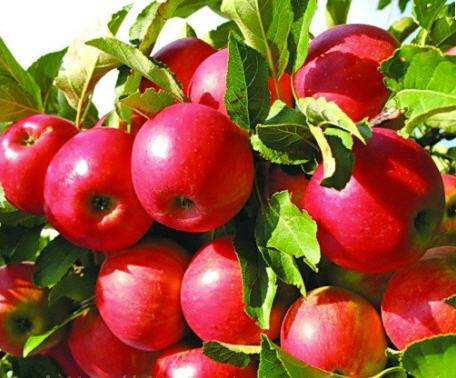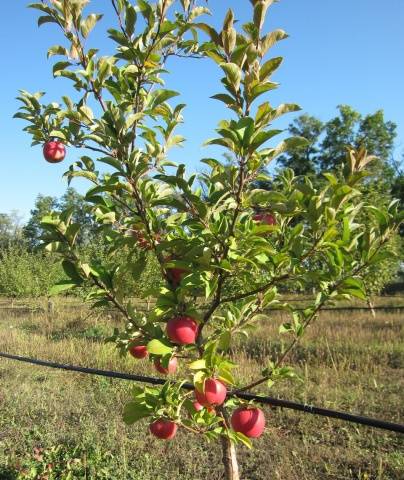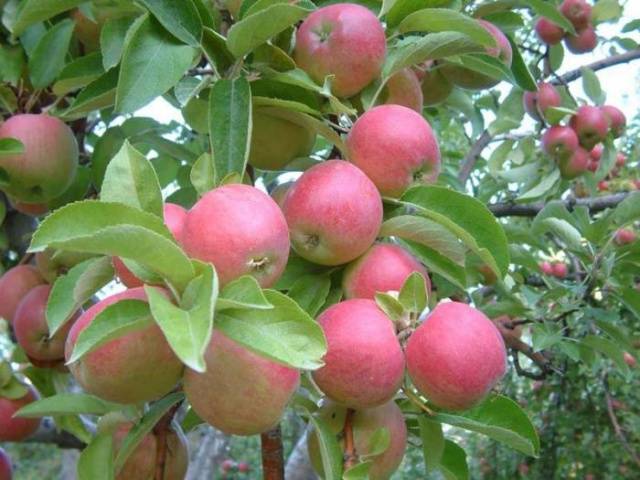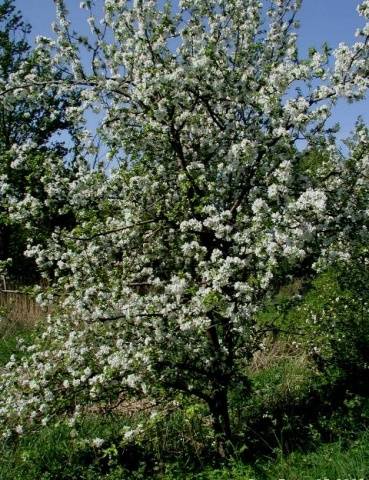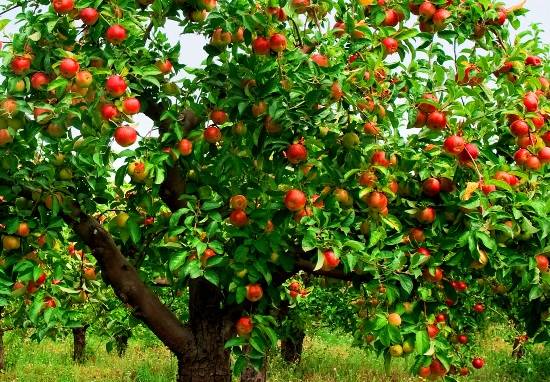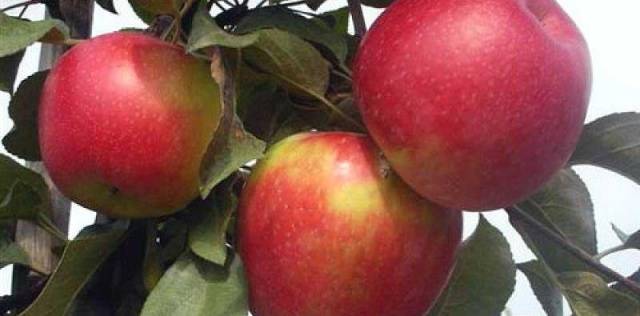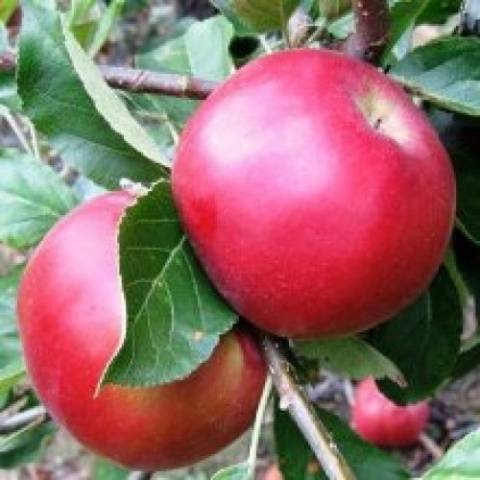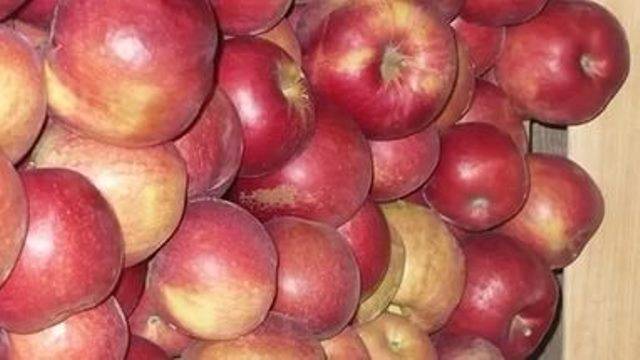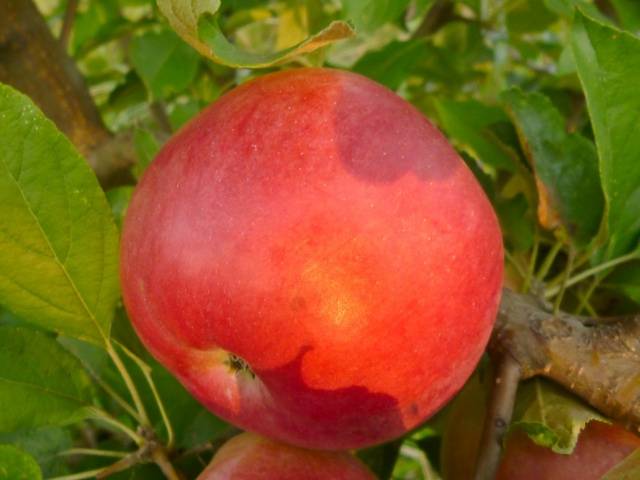Content
Apples are traditionally the most common fruit in Russia, as these fruit trees are able to grow in the most unfavorable conditions and withstand the harsh Russian winters. To date, the number of apple varieties in the world has exceeded 10 thousand - and from this amazing variety it is not always easy to choose a variety that is suitable for your site and, according to numerous indicators, satisfies your individual needs. After all, each variety necessarily has its own pros and cons.
In modern supermarkets in recent years, Idared apples are most often found. These beautiful apples have long been popular in industrial fruit growing due to their attractive presentation and long shelf life. Does it make sense to get this variety on your site? What characteristics are possessed by the apple variety Idared, and what are its advantages and disadvantages? All these questions will be answered in the article.
The history of the origin of the Idared variety
Already almost 100 years ago, back in 1935, American breeders of the state of Idaho crossed with each other two apple varieties popular in America, Jonathan and Wagner. As a result of this crossing, a new apple variety appeared, which was named Idared.
Over the course of many decades, the variety has been successfully adapted in European countries and already in the post-war 60s appeared in the territory of the former USSR. It began to be cultivated especially actively in industrial and private gardens in Ukraine and in the steppe zone of Russia. On semi-dwarf rootstocks Apple tree Idared also penetrated into the territory of the Moscow region and adjacent districts.
Description of the variety
Apple trees of the Idared variety are vigorous. They are distinguished by a particularly rapid and significant increase in the first years of life. Thus, by the age of 10, trees can reach sizes of 3.5 meters and more. The crown is more like a ball, sometimes a wide oval, but tends to thicken, and therefore requires regular pruning. The branches of the main part of the crown grow upward at an angle of 45 °, but can vary depending on the illumination and other growth conditions from 35 ° to 80 °.
The bark of the trees is brownish-gray and smooth to the touch. Fruit formations are distributed fairly evenly along the length of the branches, denudation is not typical for this variety. Shoot-forming ability is average. Kidney awakening is also average. The shoots themselves have the same color as the main trunk, medium in thickness, straight, slightly geniculate, rounded in cross section, with slightly pronounced hairiness.
Fruiting is of a mixed type, ringlets, fruit twigs and annual growths are formed in approximately equal proportions. Ringworms retain 2-3 apples by the time of harvest. And in especially fruitful years, 2-3-year-old branches form small but dense garlands of fruits, which serve as a real decoration of the apple tree.
Lentils are bright, slightly elongated. Leaves can be of various shapes, fleecy underneath, with well-defined tips and a glossy upper leaf plate. They sit on thin petioles.
Apple trees of the Idared variety bloom for quite a long time in late April - early May. In case of late frosts, flowers may freeze, which will inevitably affect the yield of the current year. The flowers are saucer-shaped, light pink in color. The pollen itself is characterized by high viability - up to 87%. But in the case of natural self-pollination, only about 2% of the fruits can set.
Therefore, when planting Idared apple trees, you should immediately provide for planting in the immediate vicinity of pollinating varieties. For the Idared apple tree, the best pollinators are:
- Red Delicious;
- Wagner;
- Gloucester;
- Ruby Dooks;
- Mermaid;
- Florin;
- Kuban spur.
Apple trees Idared do not differ in early maturity - on an ordinary medium-sized rootstock, the first fruits appear only in the fifth or sixth year of the tree's life. In the case of using dwarf rootstocks, you do not have to wait so long for the first fruits to appear; already in the second or third year you can try the first apples. But keep in mind that caring for apple trees on dwarf rootstocks is quite laborious, and the life of such trees is usually limited to 12-15 years at best.
In terms of ripening, the Idared apple tree belongs to the winter varieties. The apples of this variety are harvested in late September - early October. Under favorable storage conditions, for example, in a well-ventilated cellar, apples can be stored until March-April.
The usual consumption period for these apples starts from the end of January - February. The variety is resistant to brown spotting, but during storage it can occasionally be affected by subcutaneous spotting.
Due to the strong adhesion of the cutting to the fruits, apples have the ability to hang on the branches for a long time, which limits carrion.
The fruits are characterized by a high level of marketability and suitability for transportation, which makes them the most suitable for growing for commercial purposes.
The idared apple variety is characterized by regular fruiting and high yield rates. Average indicators are equal to 400 c / ha and can reach up to 500 c / ha in productive years. In terms of one tree, a young apple tree can bring up to 30 kg of apples, and for adult apple trees, figures equal to 90 kg of fruits from a tree are quite real.
Idared apple tree is moderately resistant to powdery mildew and scab. Trees are not suitable for growing in climates with frosty winters, as they are very sensitive to severe frosts, even with additional trunk cover.
Fruit characteristics
Idared apples have the following characteristics:
- Fruits of rather large sizes have a mass of at least 100 grams, which can reach up to 200 grams.
- The shape of the apples is slightly conical or round. With large fruit sizes, slight ribbing may appear.
- The color of the fruit is greenish, but most of the apple is covered with a deep blush of dark red or crimson color.
- Rare and large subcutaneous dots are visible, which can give the color some marbled effect.
- The skin on the fruit is glossy and smooth with a thin waxy coating, but firm and elastic.
- The pulp of the fruit is juicy, at the beginning of ripening it has a dense structure. After some storage, the structure becomes fine-grained, and in the end - even loose.
- Apples of this variety have practically no aroma.
- The sweet and sour taste of Idared apples is rated by experts as good or even average.
- The fruits contain 10.5% sugar, 13.5% dry matter, 11.5 mg per 100 g of ascorbic acid.
- Apples have a universal purpose - they can be used fresh, for making juices and other drinks, as well as for cooking and preservation.
Advantages and disadvantages of the variety
Thus, we come to the conclusion that the Idared apple variety has been so popular for almost 100 years for a reason. It clearly has the following advantages:
- Apples keep well on the tree and also have a long shelf life in suitable rooms.
- Apples have a smart appearance and can be transported very well.
- High yield of the variety and stable fruiting from year to year.
Nevertheless, the variety also has some disadvantages:
- Insufficient frost resistance, trees are ideally suited for growing in the southern regions of Russia.
- Instability to scab and powdery mildew - requires mandatory preventive maintenance.
- Some consumers believe that apples can taste much better.
Growing features
As for the planting of seedlings of Idared apple trees, it is carried out according to the standard scheme with a garter for the first few years of the trunk to the support pillar. An interesting feature of Idared apple trees is that they do not need particularly fertile soil and on poor soils, the color of the fruits becomes more intense. Therefore, when growing on black soil, it is recommended to add sand to the planting pits.
Pruning trees with their natural tendency to thicken the crown is of great importance.
Due to the special sensitivity of the variety to frost after harvest, but even before the leaves fall, it is advisable to apply fertilizers containing zinc and boron.
Disease prevention work is mandatory in the spring. It is necessary to spray the crown of apple trees with copper-containing preparations at least several times.
Gardeners reviews
Reviews of the Idared apple tree, with the description and photo of which you have seen above, cause mixed feelings among consumers. On the one hand, it has a high yield and the ability to long-term storage, on the other hand, it is not resistant to diseases and cannot be grown in harsh climatic conditions.
Conclusion
Winter apples are specially designed for long-term storage, so don't try to taste them in the fall, especially during harvest. And having tried them in the winter, you may also want to grow an Idared apple tree on your site.
